My daughter is of an age where questions are commonplace, especially following a movie. I have tried to avoid the Disney trap, but it seems virtually inescapable. Thus, I have resigned myself to the fact that my daughter now watches Tangled, Frozen, Little Mermaid, and all the other “princess” movies. And don’t get me started on Frozen – I don’t know how they did it, but somehow the writers at Disney engineered a kind of princess crack cocaine for kids. Even the music from that cursed movie fills my house at all hours of the day.
Now don’t get me wrong, I wasn’t set on excluding princesses from her life – after all Princess Leia is a great independent, strong, female role model for a young girl. And thank god my daughter does like Princess Leia – and the Star Wars universe in general! It’s just that she also likes Elsa, Ariel, and all the rest of them. Such is life.
Nevertheless, over the last six months, and in the course of watching seventy odd years worth of Disney “princess” movies, what surprises me the most is that one of the many questions my daughter has asked following each of these viewings is always the same: “Why is “insert the villain’s name here” a bad person?”
Now in discussing the nature of “bad” with a preschool age child there is only so far you should go. Suffice it to say my answer generally revolves around a variant of: “Because she (invariably in a Disney movie the evildoer is a “she”) was trying to get Ariel, Rapunzel, etc… to do things that were against her own interest and which would hurt her or the people she cares about.”
You and I know exactly what these “bad” things were, and why they were being done. Characters like Ursula (Little Mermaid), or Mother Gothel (Tangled/Rapunzel) are sociopaths quite willing to do anything to further their own selfish goals. They are monsters. And like any monster some of them are quite horrible. Even scary. Don’t believe me. Watch Little Mermaid again. Ursula is downright creepy. And as she should be, given that she is basically an ocean witch.
It goes without saying that monsters should be scary. And for most of the past half-century or so the monsters populating our movies, books, graphic novels, comics, and so on are creatures out to devour or destroy humanity. The lone exception for much of this time was Godzilla, who went from ravishing Japanese cities to something of a folk hero staving off the assaults of other Kaiju type creatures.
But in recent years we have seen many other of the most famous monsters humanized. This is true to such an extant that if it were possible to bring Bram Stoker back from the grave he likely would be shocked to see the rendition of vampire’s in such popular films as Twilight.
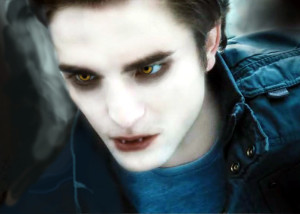
This picture was the scariest version of Edward “the vampire” I could find anywhere on the internet, and that was only by doing a search for “angry Edward images”. You try it. That’s a vampire at his meanest? Good grief.
We have even seen T-Rex go from monster in Jurassic Park….
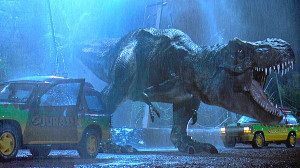
…..to a Godzilla like hero in Jurassic World.
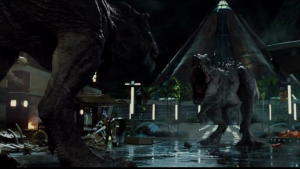
And woe to Jurassic World’s producers had T-Rex met the same ignominious fate he suffered in Jurassic Park III – with T-Rex’s unlikely death at the hands of the longer but less massively muscled fish eating Spinosaurus one of the key reasons the third installment in the franchise is widely regarded as the worst.
Don’t get me wrong, there is a large and active backlash against cutesy versions of vampires, werewolves, and other such creatures:
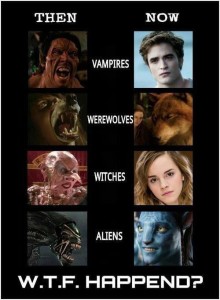
And thankfully, there are plenty of films and books that do everything possible to put the horror in horror. But given the larger role monsters often play as a means for understanding our place on this planet what does it say about our society that some of today’s greatest heroes are the same creatures that are ostensibly out to feed on us?
Perhaps inverting our heroes in such a way means we are learning that the worst monsters aren’t vampires, werewolves, or even Ursula the sea-witch. Perhaps it means the worst monsters are those that walk among us. You know who they are. Those respectable looking very serious individuals we are taught to listen to, but who in turn have done what for most of us in return?
Perhaps there is a reason horror is more popular than ever.
Perhaps it is because those bad people my daughter asks about, dare I say monsters, are all around us.











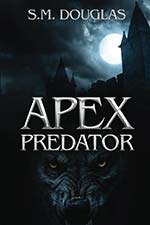
Recent Comments